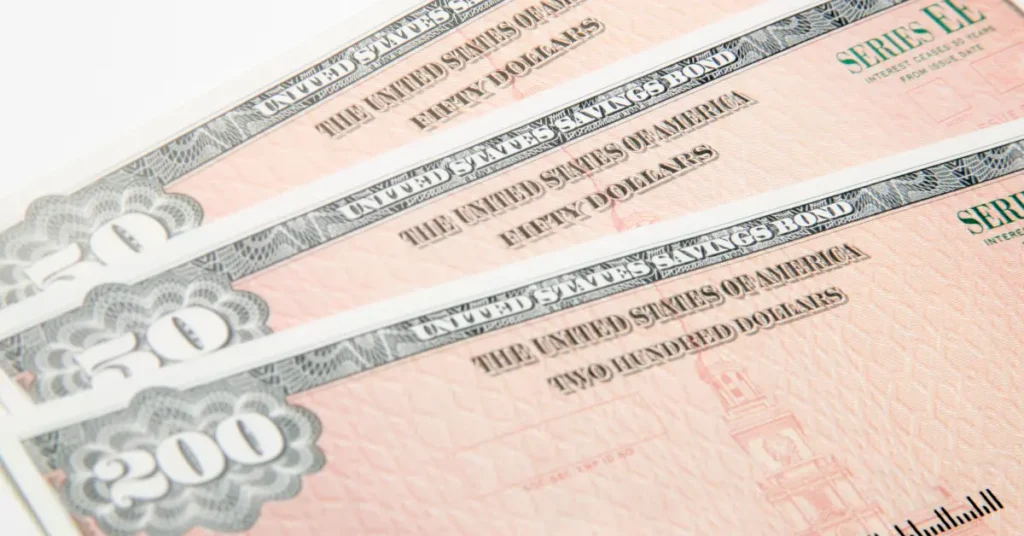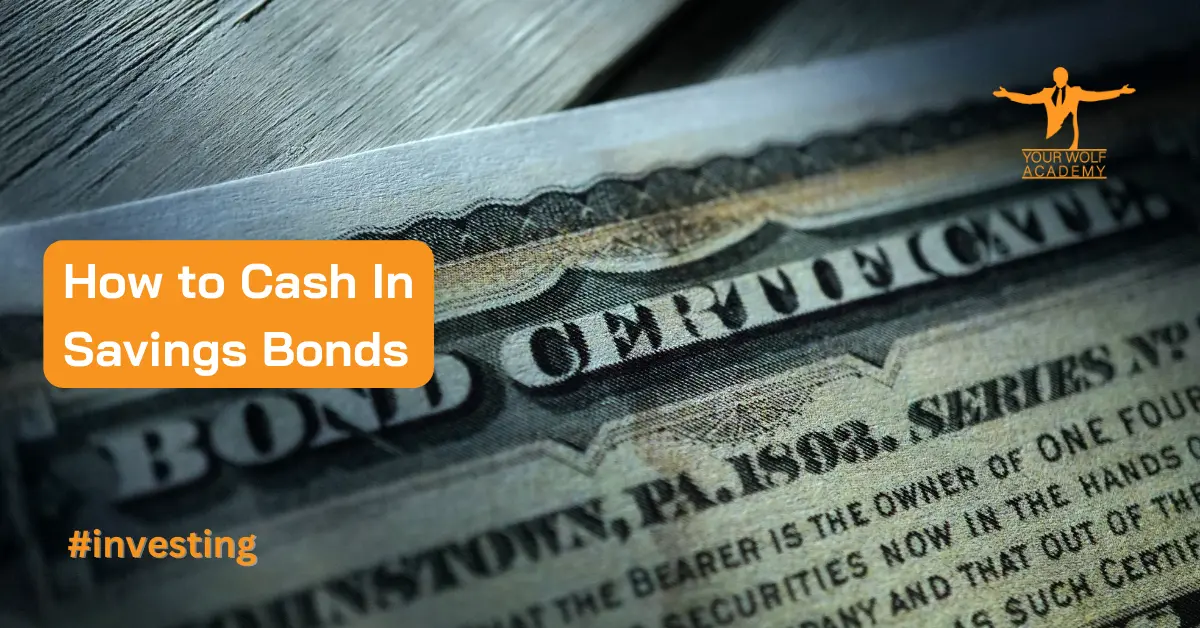Savings bonds are a popular investment option that offer a secure way to save money for the future. Whether you’ve inherited savings bonds or have purchased them yourself, it’s essential to understand how to cash them in when the time is right.
This comprehensive guide will walk you through the process of cashing in savings bonds, ensuring you can efficiently access your funds and make the most of your investment.
Understanding Savings Bonds
Before diving into the cashing-in process, it’s crucial to have a clear understanding of what savings bonds are. Savings bonds are debt securities issued by the government to raise funds for various projects and expenses.
They are considered one of the safest investments as they are backed by the full faith and credit of the government. There are two main types of savings bonds: Series EE and Series I.
Know the Maturity Date
Savings bonds have a fixed term, and they can’t be cashed in until they reach maturity. The maturity period varies depending on the type of bond and the date of issue. Series EE bonds issued after May 2005 have a 20-year term, while Series I bonds have a 30-year term. However, it’s essential to check the bond’s issue date and interest rate to determine the exact maturity date.
Consider Tax Implications
Before cashing in your savings bonds, it’s crucial to be aware of the potential tax implications. The interest earned on savings bonds is generally subject to federal income tax. However, if you use the funds to pay for qualified educational expenses, you may be eligible for tax exemptions.
Additionally, some states exempt savings bond interest from state income tax. Consult with a tax professional to understand the tax implications specific to your situation.
Timing the Cash-In
Cashing in savings bonds at the right time can make a significant difference in your returns. While savings bonds continue to earn interest until they reach maturity, they stop accruing interest after the 30-year mark. Therefore, it’s usually wise to cash in your bonds after they have reached maturity to maximize your earnings.
However, if you have Series EE bonds, consider holding onto them for at least 20 years to benefit from their full interest-earning potential.

Gather Required Information
Before initiating the cash-in process, gather all the necessary information. You will need the bond serial numbers and the names and Social Security numbers of both the bondholder and the beneficiary, if applicable. Additionally, ensure that your identification documents are up to date and readily available.
Choose the Right Method
There are different methods available for cashing in savings bonds, and the most suitable one depends on your specific circumstances. The options include:
a. Online Redemption: If you have an account with the TreasuryDirect website, you can easily redeem your savings bonds online. This method offers convenience and is often faster than other options.
b. Bank Redemption: Most financial institutions, such as banks and credit unions, can process savings bond redemptions. Check with your bank beforehand to ensure they offer this service and to learn about any requirements or fees.
c. Mail-in Redemption: If you prefer a traditional approach, you can mail your savings bonds to the Treasury Retail Securities Site along with the appropriate forms. However, this method may take longer to process.
d. Payroll Deduction Plan: If your employer offers payroll savings plans, you can participate in a payroll deduction program to purchase savings bonds. When it’s time to cash them in, you can do so through the plan.
Avoiding Common Mistakes
Cashing in savings bonds may seem straightforward, but there are common mistakes to avoid. These include forgetting to endorse the bonds, not updating personal information, or overlooking tax considerations. Double-check all the information before submitting the request to avoid potential delays and issues.
Reinvesting or Using the Funds
After cashing in your savings bonds, you have several options for utilizing the funds. If you don’t need the money immediately, consider reinvesting in other financial instruments or retirement accounts to continue growing your savings.
If you do require the funds for specific financial goals, like buying a home or funding education, ensure you allocate the money accordingly.
Conclusion
Cashing in savings bonds is a straightforward process, provided you follow the necessary steps and considerations. Understanding the different types of savings bonds, knowing the maturity dates, and being aware of potential tax implications are all critical factors.
By planning ahead and choosing the most suitable cashing-in method, you can maximize your savings and achieve your financial goals efficiently. Remember to consult with financial experts if you have any doubts, ensuring you make well-informed decisions about your savings bonds.


